|
Classes |
| struct | sort_dimensions |
| | functor to sort dimensions. More...
|
| struct | cmp_queue_elt |
Functions |
| template<class I, class E> oln::mute< I >::ret | closing (const abstract::non_vectorial_image< I > &input, const abstract::struct_elt< E > &se) |
| | Processing closing.
|
| template<class I, class E> oln::mute< I >::ret | dilation (const abstract::non_vectorial_image< I > &input, const abstract::struct_elt< E > &se) |
| | Processing dilation.
|
| template<class I, class E> oln::mute< I >::ret | n_dilation (const abstract::non_vectorial_image< I > &input, const abstract::struct_elt< E > &se, unsigned n) |
| | Perform morphological dilation iterated n times.
|
| template<class I, class E> oln::mute< I >::ret | erosion (const abstract::non_vectorial_image< I > &input, const abstract::struct_elt< E > &se) |
| | Perform a morphological erosion.
|
| template<class I, class E> oln::mute< I >::ret | n_erosion (const abstract::non_vectorial_image< I > &input, const abstract::struct_elt< E > &se, unsigned n) |
| | Perform morphological erosion iterated n times.
|
| template<class I, class N> mute< I, ntg::bin >::ret | internal_kill_cc_area (const abstract::binary_image_with_dim< 2, I > &input, const unsigned int area, const abstract::neighborhood< N > &Ng) |
| | Kill connex components smaller than a given area.
|
| template<class I, class N> oln::mute< I >::ret | sure_maxima_killer (const abstract::non_vectorial_image< I > &input, const unsigned int area, const abstract::neighborhood< N > &Ng) |
| | Maxima killer.
|
| template<class I, class N> image2d< ntg::int_u8 > | sure_minima_killer (const abstract::non_vectorial_image< I > &input, const unsigned int area, const abstract::neighborhood< N > &Ng) |
| | Minima killer.
|
| template<class P, class I, class N> bool | is_a_strict_minimum (const abstract::point< P > &p, const abstract::non_vectorial_image< I > &input, const abstract::neighborhood< N > &Ng) |
| | Check if a point is a strict minimum.
|
| template<class P, class I, class N> bool | is_a_strict_maximum (const abstract::point< P > &p, const abstract::non_vectorial_image< I > &input, const abstract::neighborhood< N > &Ng) |
| | Check if a point is a strict maximum.
|
| template<class I, class N> oln::mute< I >::ret | fast_minima_killer (const abstract::non_vectorial_image< I > &input, const unsigned int area, const abstract::neighborhood< N > &Ng) |
| | Minima killer.
|
| template<class I, class N> oln::mute< I >::ret | fast_maxima_killer (const abstract::non_vectorial_image< I > &input, const unsigned int area, const abstract::neighborhood< N > &Ng) |
| | Maxima killer.
|
| template<class I, class E> oln::mute< I >::ret | fast_morpho (const abstract::non_vectorial_image< I > &input, const abstract::struct_elt< E > &se, typename mlc::exact< I >::ret::value_type(*func)(const utils::histogram< typename mlc::exact< I >::ret::value_type > &)) |
| template<class I, class E, class H> oln::mute< I >::ret | fast_morpho (const abstract::non_vectorial_image< I > &input, const abstract::struct_elt< E > &se) |
| | Fast morpho algorithm.
|
| template<class I1, class I2, class N> oln::mute< I1 >::ret | geodesic_dilation (const abstract::non_vectorial_image< I1 > &marker, const abstract::non_vectorial_image< I2 > &mask, const abstract::neighborhood< N > &Ng) |
| | Processing a geodesic dilation.
|
| template<class I1, class I2, class N> oln::mute< I1 >::ret | geodesic_erosion (const abstract::non_vectorial_image< I1 > &marker, const abstract::non_vectorial_image< I2 > &mask, const abstract::neighborhood< N > &Ng) |
| | Processing a geodesic erosion.
|
template<class C, class B, class I, class E> mute< I, typename convoutput<
C, B, typename mlc::exact<
I >::ret::value_type >::ret
>::ret | beucher_gradient (const convert::abstract::conversion< C, B > &c, const abstract::non_vectorial_image< I > &input, const abstract::struct_elt< E > &se) |
| | Process a morphological beucher gradient.
|
| template<class I, class E> oln::mute< I >::ret | external_gradient (const abstract::non_vectorial_image< I > &input, const abstract::struct_elt< E > &se) |
| | Process a morphological beucher gradient.
|
template<class C, class B, class I, class E1, class E2> mute< I, typename convoutput<
C, B, typename mlc::exact<
I >::ret::value_type >::ret
>::ret | hit_or_miss (const convert::abstract::conversion< C, B > &c, const abstract::non_vectorial_image< I > &input, const abstract::struct_elt< E1 > &se1, const abstract::struct_elt< E2 > &se2) |
| | Preform a 'hit or miss' transform.
|
| template<class I, class E1, class E2> oln::mute< I >::ret | hit_or_miss (const abstract::non_vectorial_image< I > &input, const abstract::struct_elt< E1 > &se1, const abstract::struct_elt< E2 > &se2) |
| | Preform a 'hit or miss' transform.
|
| template<class I, class E1, class E2> oln::mute< I >::ret | hit_or_miss_opening (const abstract::non_vectorial_image< I > &input, const abstract::struct_elt< E1 > &se1, const abstract::struct_elt< E2 > &se2) |
| | Perform an hit or miss opening.
|
| template<class I, class E1, class E2> oln::mute< I >::ret | hit_or_miss_opening_bg (const abstract::non_vectorial_image< I > &input, const abstract::struct_elt< E1 > &se1, const abstract::struct_elt< E2 > &se2) |
| | Perform an hit or miss opening of background.
|
| template<class I, class E1, class E2> oln::mute< I >::ret | hit_or_miss_closing (const abstract::non_vectorial_image< I > &input, const abstract::struct_elt< E1 > &se1, const abstract::struct_elt< E2 > &se2) |
| | Perform an hit or miss closing.
|
| template<class I, class E1, class E2> oln::mute< I >::ret | hit_or_miss_closing_bg (const abstract::non_vectorial_image< I > &input, const abstract::struct_elt< E1 > &se1, const abstract::struct_elt< E2 > &se2) |
| | Perform an hit or miss closing of background.
|
template<class C, class B, class I, class E> mute< I, typename convoutput<
C, B, typename mlc::exact<
I >::ret::value_type >::ret
>::ret | laplacian (const convert::abstract::conversion< C, B > &c, const abstract::non_vectorial_image< I > &input, const abstract::struct_elt< E > &se) |
| | Compute the laplacian of an image.
|
| template<class DestValue, class I, class E> mute< I, DestValue >::ret | laplacian (const abstract::non_vectorial_image< I > &input, const abstract::struct_elt< E > &se) |
| | Compute the laplacian of an image.
|
| template<class I, class E> oln::mute< I >::ret | opening (const abstract::non_vectorial_image< I > &input, const abstract::struct_elt< E > &se) |
| | Perform a morphological opening.
|
| template<class E> mlc::exact< E >::ret | get_plus_se_only (const abstract::struct_elt< E > &se) |
| | Get a sub part of a structuring element.
|
| template<class E> mlc::exact< E >::ret | get_plus_se_p (const abstract::struct_elt< E > &se) |
| | Get a sub part of a structuring element.
|
| template<class E> mlc::exact< E >::ret | get_minus_se_only (const abstract::struct_elt< E > &se) |
| | Get a sub part of a structuring element.
|
| template<class E> mlc::exact< E >::ret | get_minus_se_p (const abstract::struct_elt< E > &se) |
| | Get a sub part of a structuring element.
|
| template<class I, class E> mlc::exact< I >::ret::value_type | max (const abstract::non_vectorial_image< I > &input, const typename mlc::exact< I >::ret::point_type &p, const abstract::struct_elt< E > &se) |
| | Maximum of a structuring element.
|
| template<class I, class E> mlc::exact< I >::ret::value_type | min (const abstract::non_vectorial_image< I > &input, const typename mlc::exact< I >::ret::point_type &p, const abstract::struct_elt< E > &se) |
| | Minimum of a structuring element.
|
| template<class I, class E1, class E2> oln::mute< I >::ret | thickening (const abstract::non_vectorial_image< I > &input, const abstract::struct_elt< E1 > &se1, const abstract::struct_elt< E2 > &se2) |
| | Thicken an image.
|
| template<class I, class E1, class E2> oln::mute< I >::ret | thinning (const abstract::non_vectorial_image< I > &input, const abstract::struct_elt< E1 > &se1, const abstract::struct_elt< E2 > &se2) |
| | Thin an image.
|
template<class C, class B, class I, class E> mute< I, typename convoutput<
C, B, typename mlc::exact<
I >::ret::value_type >::ret
>::ret | white_top_hat (const convert::abstract::conversion< C, B > &c, const abstract::non_vectorial_image< I > &input, const abstract::struct_elt< E > &se) |
| | Compute the white top hat of an image.
|
| template<class I, class E> oln::mute< I >::ret | white_top_hat (const abstract::non_vectorial_image< I > &input, const abstract::struct_elt< E > &se) |
| | Compute the white top hat of an image.
|
template<class C, class B, class I, class E> mute< I, typename convoutput<
C, B, typename mlc::exact<
I >::ret::value_type >::ret
>::ret | black_top_hat (const convert::abstract::conversion< C, B > &c, const abstract::non_vectorial_image< I > &input, const abstract::struct_elt< E > &se) |
| | Compute the black top hat of an image.
|
| template<class I, class E> oln::mute< I >::ret | black_top_hat (const abstract::non_vectorial_image< I > &input, const abstract::struct_elt< E > &se) |
| | Compute the black top hat of an image.
|
template<class C, class B, class I, class E> mute< I, typename convoutput<
C, B, typename mlc::exact<
I >::ret::value_type >::ret
>::ret | self_complementary_top_hat (const convert::abstract::conversion< C, B > &c, const abstract::non_vectorial_image< I > &input, const abstract::struct_elt< E > &se) |
| | Compute the self complementary top hat of an image.
|
| template<class I, class E> oln::mute< I >::ret | self_complementary_top_hat (const abstract::non_vectorial_image< I > &input, const abstract::struct_elt< E > &se) |
| | Compute the self complementary top hat of an image.
|
template<class C, class B, class I, class E> mute< I, typename convoutput<
C, B, typename mlc::exact<
I >::ret::value_type >::ret
>::ret | top_hat_contrast_op (const convert::abstract::conversion< C, B > &c, const abstract::non_vectorial_image< I > &input, const abstract::struct_elt< E > &se) |
| | Top hat contrast operator.
|
| template<class I, class E> oln::mute< I >::ret | top_hat_contrast_op (const abstract::non_vectorial_image< I > &input, const abstract::struct_elt< E > &se) |
| | Top hat contrast operator.
|
| template<class DestValue, class I, class N> mute< I, DestValue >::ret | watershed_seg (const abstract::non_vectorial_image< I > &im_i, const abstract::neighborhood< N > &Ng) |
| | Segmented watershed.
|
| template<class DestValue, class I, class N> mute< I, DestValue >::ret | watershed_con (const abstract::non_vectorial_image< I > &im_i, const abstract::neighborhood< N > &Ng) |
| | Connected watershed.
|
| template<class I1, class I2, class N> oln::mute< I2 >::ret & | watershed_seg_or (const abstract::non_vectorial_image< I1 > &D, abstract::non_vectorial_image< I2 > &M, const abstract::neighborhood< N > &Ng) |
| | Segmented watershed with user-supplied starting points.
|

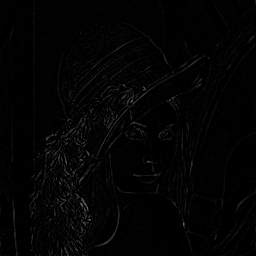
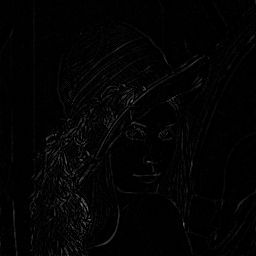
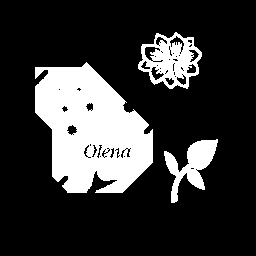
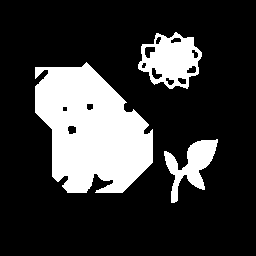
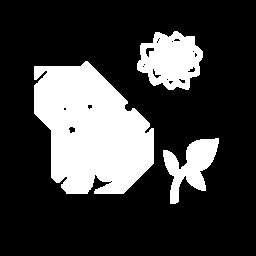
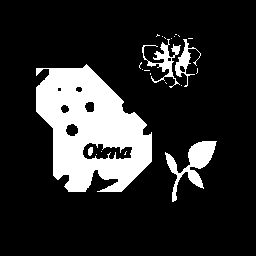
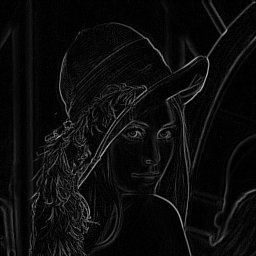






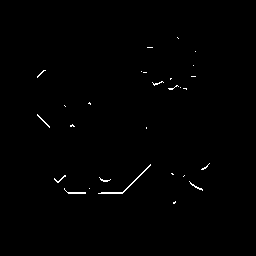
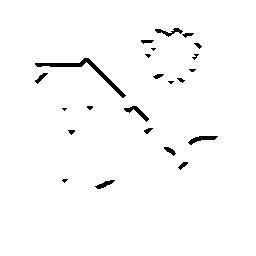
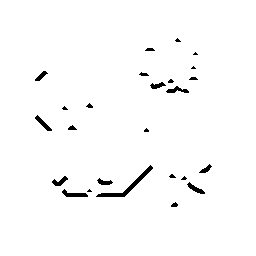
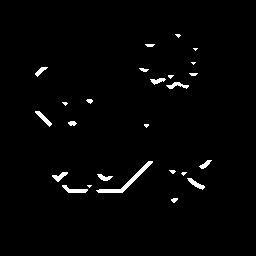
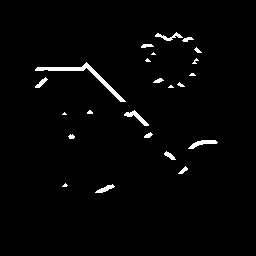
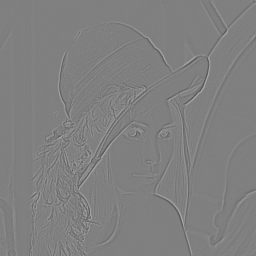
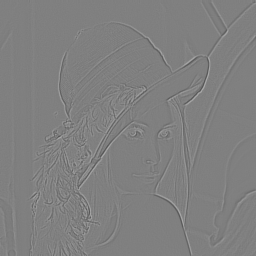
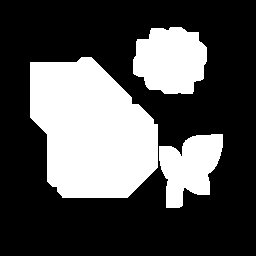
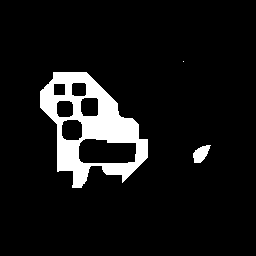
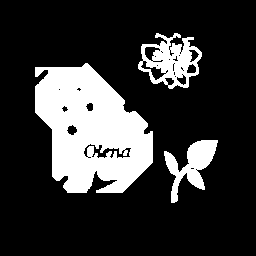
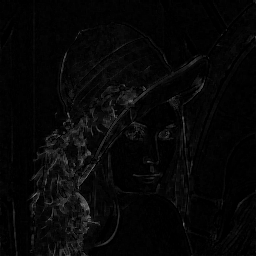
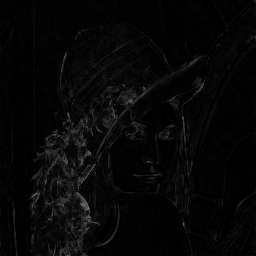






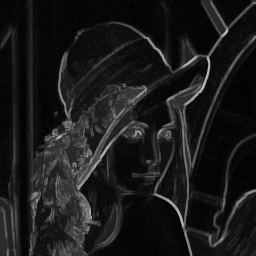
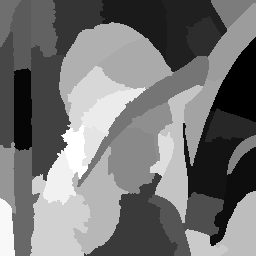
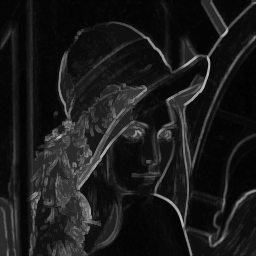
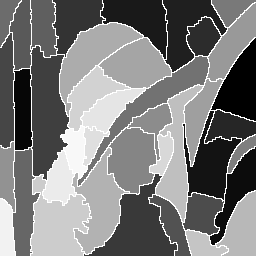
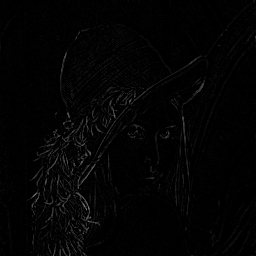
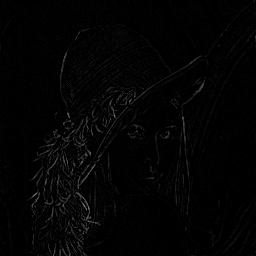
 1.3.6-20040222
1.3.6-20040222